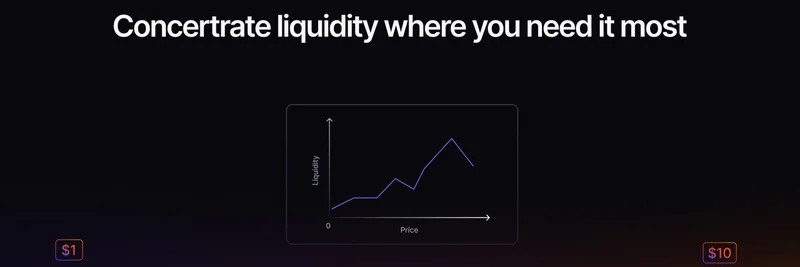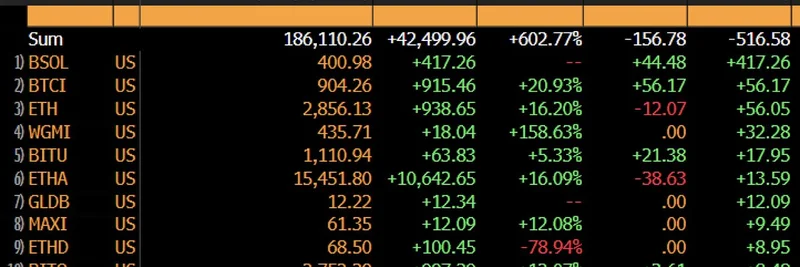Hey there, crypto enthusiasts and blockchain curious! Today, we’re diving into an intriguing thread from hitesh.eth, a blockchain consultant who’s been in the game since 2016. His recent post on X sheds light on how traditional finance (TradFi) is evolving its approach to blockchain technology. Let’s break it down and explore what this means for the future of finance!
The Shift from Private to Public Blockchains
Back in 2016, hitesh.eth worked on a proof-of-concept (POC) with one of India’s largest banks. At that time, the focus was on building private blockchain infrastructure—think of it as a secure, closed-off digital ledger controlled by the bank. This made sense back then; TradFi wanted to dip its toes into blockchain without exposing sensitive data to the wild west of public networks.
Fast forward to 2025, and the story’s changing. Now, TradFi is eyeing public blockchains—open networks like Bitcoin or Ethereum where anyone can participate. Hitesh points out that instead of building their own private systems, banks and financial institutions are exploring how to leverage existing public blockchain infra for real-world use cases. Plus, they’ve got the flexibility to create their own chains using today’s advanced tech stack. It’s like going from building your own backyard garden to shopping at a global farmer’s market!
Why the Change?
So, what’s driving this shift? It’s a mix of tech readiness and competitive pressure. Public blockchains have matured, offering scalability, security, and a growing ecosystem of applications. For example, projects like Botanix, which launched a Bitcoin-based Layer 2 solution, show how these networks can handle everything from payments to staking. TradFi sees the potential to tap into this without starting from scratch.
On the competitive side, staying relevant is key. Banks that don’t adapt risk losing ground to fintech innovators. Hitesh’s thread hints at this, noting how Indian banks are already experimenting—69% of them, according to a YourStory article from 2018 that’s still relevant today. With tools like UPI and BHIM, India’s banking sector is a hotspot for blockchain innovation.
Real-World Implications
What does this mean for you? If you’re into meme tokens or DeFi, this shift could open new doors. Public blockchains allow for tokenized assets—think stocks, bonds, or even real estate traded on-chain. Hitesh’s experience suggests TradFi is targeting professionals who want borderless investments, not just the “degens” chasing the next Dogecoin. This could lead to a more structured crypto market, blending compliance with decentralization.
Take India as an example. Hitesh mentions Digi Yatri and tokenized land records in West Bengal. Even Bihar’s e-voting app uses blockchain! These aren’t hype projects—they’re practical applications showing how public blockchains can solve real problems, from transparency in governance to efficient financial services.
The Bigger Picture
This transition isn’t just tech talk; it’s a cultural shift. Hitesh reflects on his own journey into crypto, driven by the freedom it offered—no KYC, no barriers. But as TradFi steps in, we might see more regulation and structure. The cypherpunk dream of a fully decentralized world might move underground, while mainstream finance builds on public chains. It’s a duality—freedom for some, stability for others.
For meme token fans, this could mean new opportunities. Imagine tokenized startup equity or prediction markets booming alongside your favorite Shiba Inu spin-offs. The key? Staying informed. Hitesh’s thread is a goldmine for understanding this evolution, and here at Meme Insider, we’re all about keeping you in the loop.
What’s Next?
As TradFi embraces public blockchains, the lines between traditional finance and crypto will blur. Will you dive into tokenized assets or stick with the wild meme token ride? Share your thoughts in the comments—we’d love to hear from you! And if you’re curious about more blockchain trends, check out our knowledge base for the latest insights.
Let’s keep exploring this exciting new era together!


